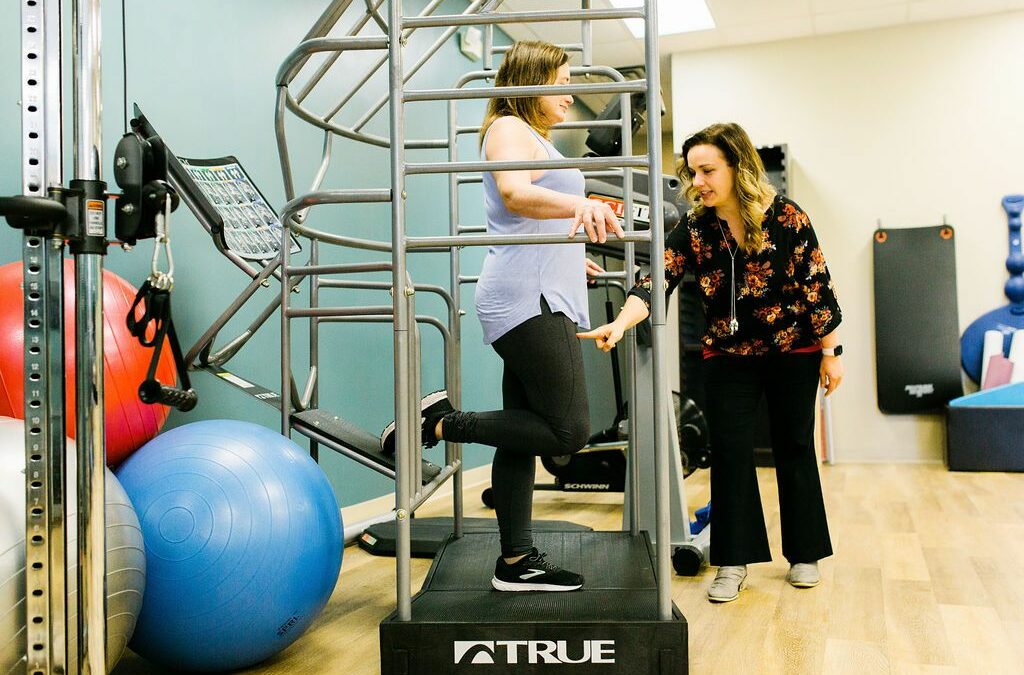How to wisely use progressive loading to make changes in your body.
I can’t tell you how many times I have heard it.
“I started X (new exercise routine/class) and Y started hurting.”
Progressive loading is the key to making changes in the function, look and feel of our bodies. And this needs to happen ….progressively. Which is to say slowly, over time, gradually increasing how much force we are applying and for how long.
Before adding load, you need to consider all components of the supporting structures of our bodies that allow us to hold positions and move through space:
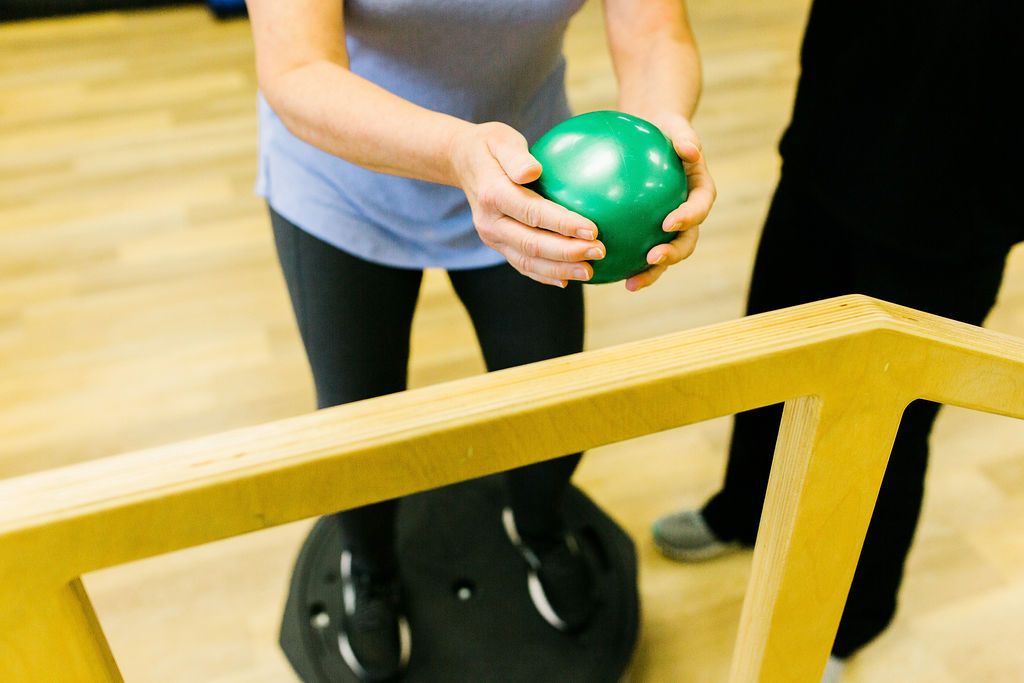
~ The bones need to be strong enough to hold you up. Generally this isn’t the problem keeping you from lifting a certain amount of weight or getting into a pose (or we would be breaking bones all over!) However, I bring up bones because as we age it is more and more important to build the strength of our long bones by loading them so we can withstand other things in life like slips, trips and falls.
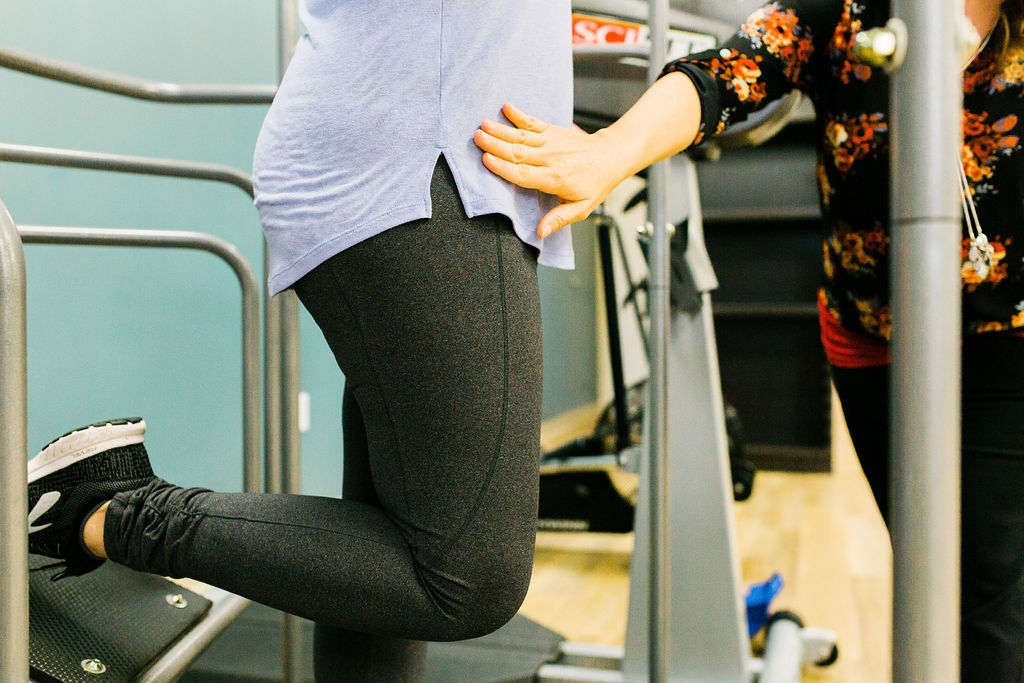
~ The dense fibers of the tendons, ligaments and capsule around the joint need to be pliable enough to move through the range of motion required for the exercise or yoga posture. Those fibers also need to be resilient enough to support load, whether that’s body weight or the added weight of a kettle bell, dumb bell or resistance band.
~ The muscles around the joint need to be strong enough and flexible enough.
~ Performing a movement or holding a pose or a long period of time requires muscular endurance. Most people are familiar with strength but muscular endurance is a completely different quality to the muscle.
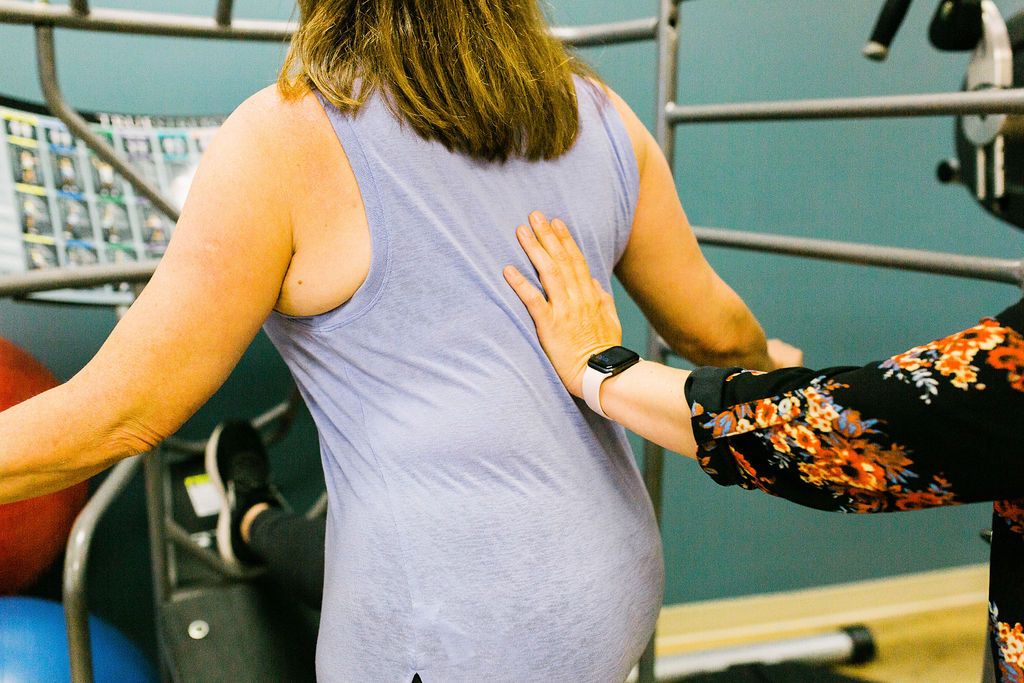
According to the ACSM’s guidelines for exercise testing and prescription,
“Limb muscle strength and endurance are two different components of limb muscle function: Whereas limb muscle strength refers to the force-generating capacity of the muscle, limb muscle endurance refers to the muscle’s ability to sustain or repeat a specific task over time.”
See my blog on White Meat vs. Dark Meat for more details about this.
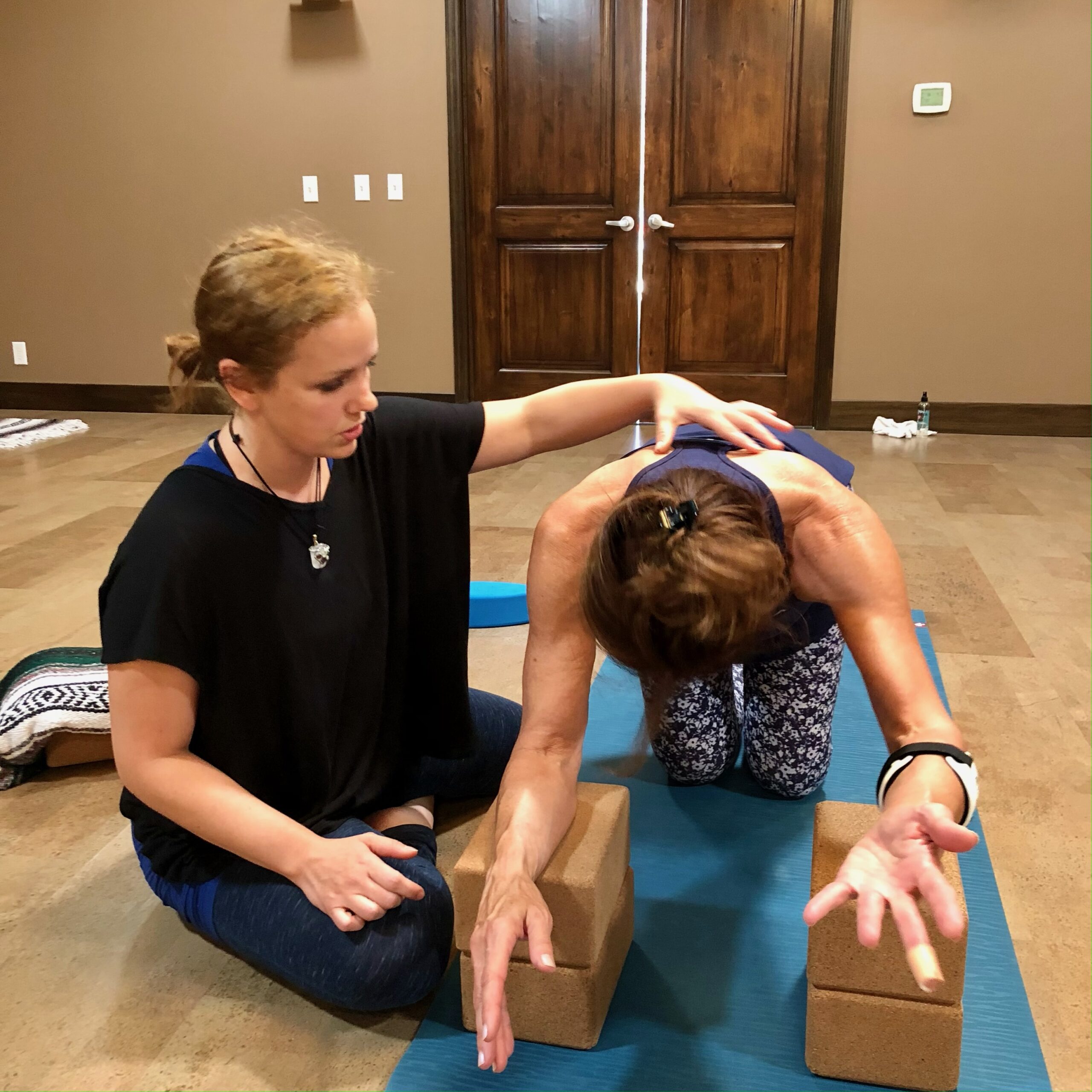
All or some of these components may sound familiar to you if you’re familiar at all with exercising.
However, where it gets tricky is applying them all together to the whole body in order to determine the best and most effective way to make changes without causing injury. Exactly how much load should we add to our movements while exercising? Or functional movement in general for that matter.
Where do we start with this idea of progressive loading?
The amount of load determined by the weakest link the chain. For example:
If there is an underlying tendonitis in your elbow, your clean & press (for the weight lifters) or chatturanga (for the yogis) will have to be altered so that there is not too much load.
In this case the tendon is the weakest link, not how strong you are. Less weight should be used with the clean and press and the knees should be down for the chatturanga. Even if you know the rest of your body can handle the movement at the higher load.
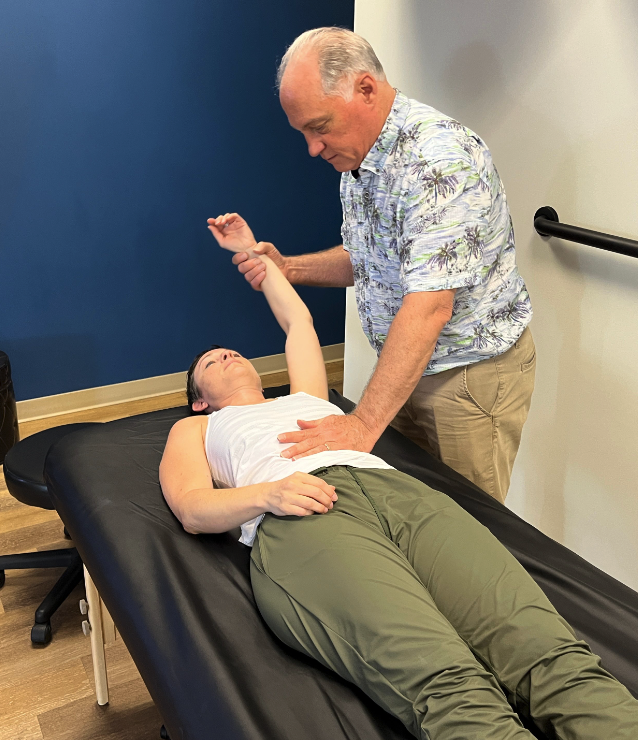
This is why PT’s, trainers and instructors emphasize proper form in any exercise. Form and pain, if present, are what dictate load. We start at the load where we can hold form (meaning all those structures above are supported) without pain anywhere.
EACH MOVEMENT IN YOUR EXERCISE ROUTINE SHOULD BE COMPLETED WITHOUT PAIN AND WITH ALL THE STRUCTURES OF THE BODY SUPPORTED.
Injury can be from too high a load or from repetition. This is a load that has been performed too many times. These are usually everyday work or functional activities but can also happen while exercising.
The number of repetitions and/or length of time holding a posture is dictated by the same criteria.
Is the body supported throughout the duration of the movement without pain?
Let’s digress a minute and discuss pain. By pain, I don’t mean the discomfort that comes with effort. It may make you sweat or shake or increase your heart rate or be hard to complete but it should NOT hurt.
Any discomfort should immediate go away when the movement is over.
If it doesn’t, that’s probably low level pain.
Unfortunately this is where our honesty and humility is tested, especially in a public or group setting. Every body is unique.
I will say it again…
EVERY BODY is UNIQUE.
So the comparisons we make of ourselves to others in the positive or negative are all completely irrelevant to how much or how far or how deep we go while moving.
I know not everyone has the eye of a physical therapist or yoga instructor so knowing when we are moving with proper form can be challenging. This is the practice of self awareness of our bodies. (The idea of embodiment is one I will discuss further in a future blog.)
Pay attention to how all your other parts are moving when you are focusing elsewhere.
Notice the pain signals before they get loud. This is what we mean by listen to your body.
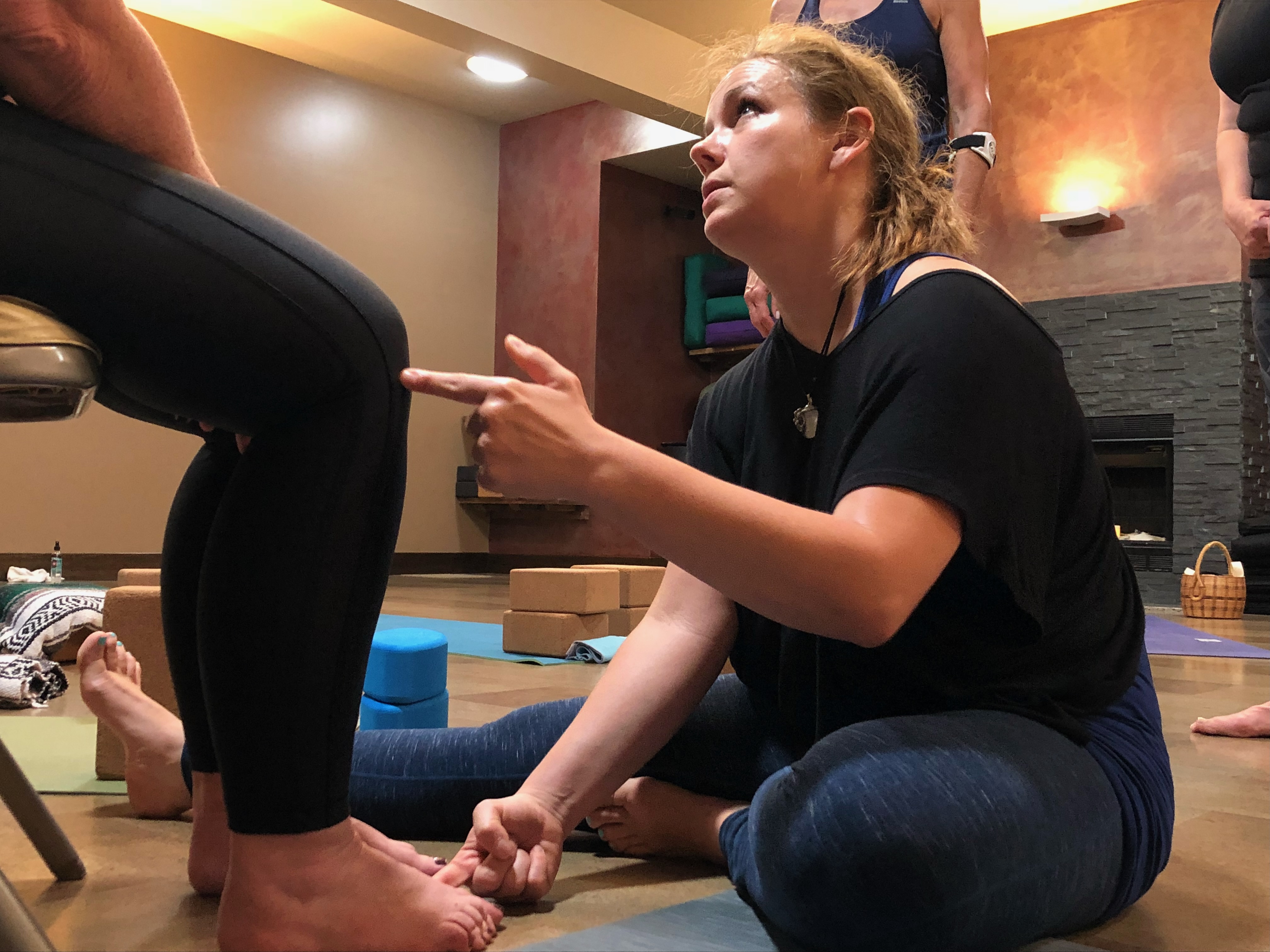
That’s why working out with a movement professional is so crucial. Even when you know your body well, feedback is important.
USE your SUPPORT. We can give you the cues you need that you are missing or can’t see or feel.
Get started by scheduling a free 15-min discovery call.
Returning clients, book an appointment by logging into your account.

